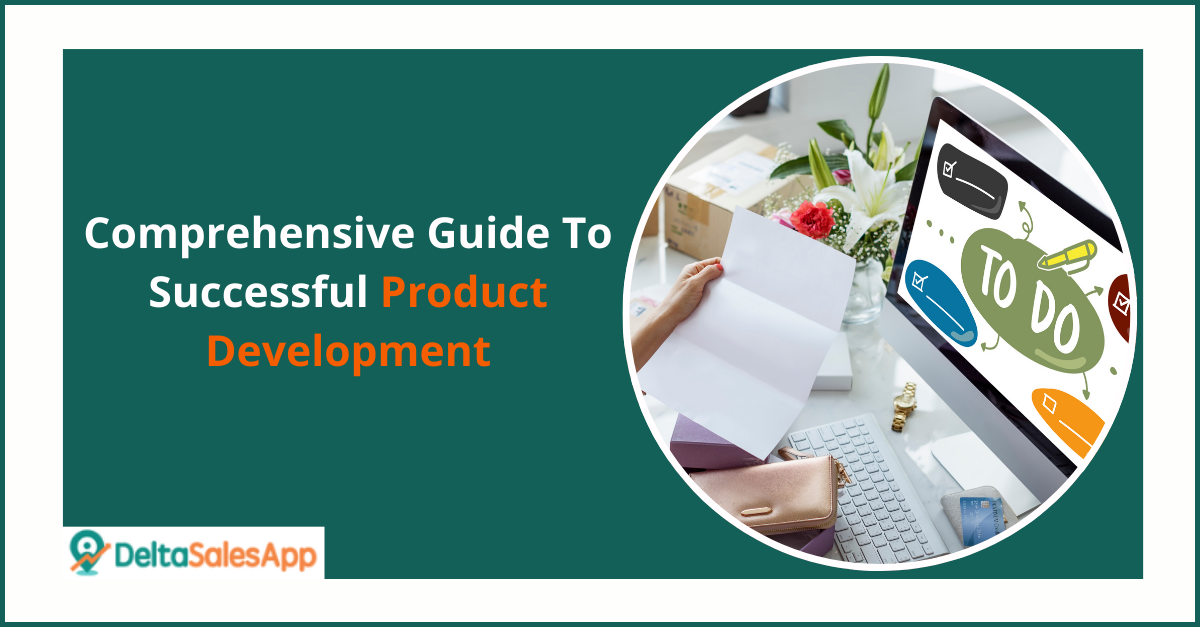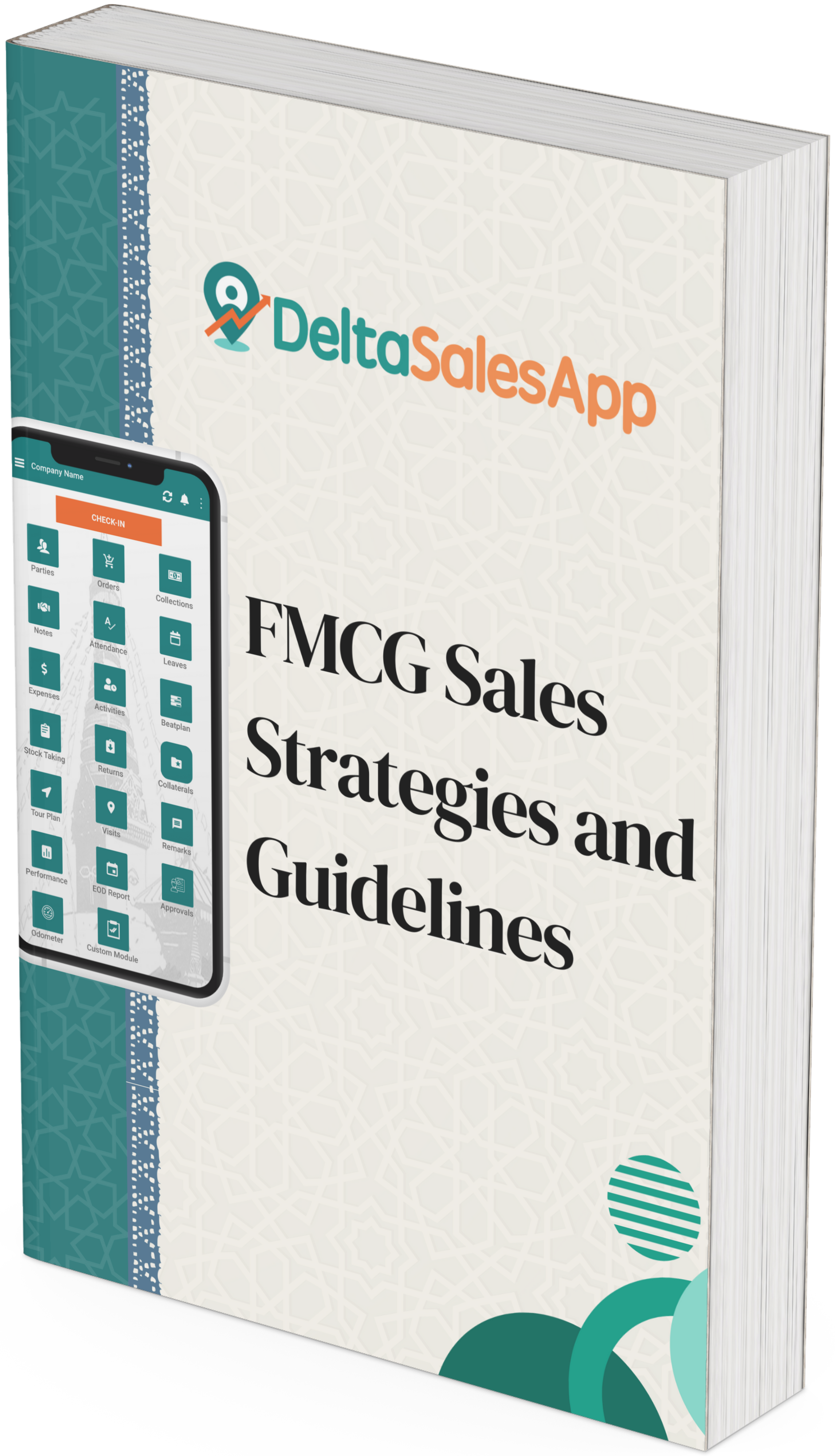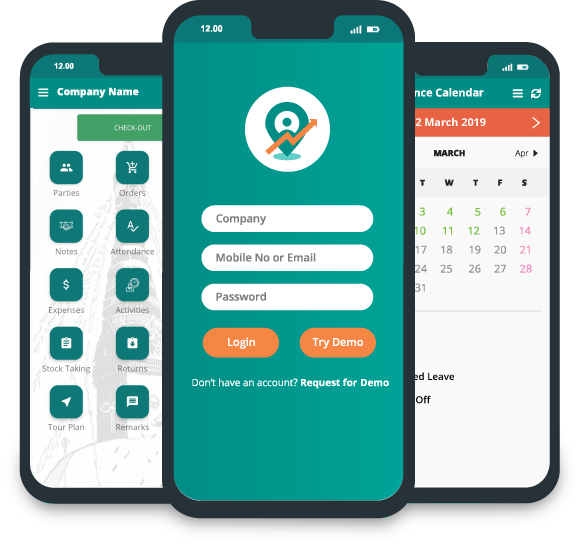Comprehensive Guide to Successful Product Development

We’re diving deep into a topic that can make or break your business: Product Development. Whether you’re launching a new product or improving an existing one, the process of development plays a pivotal role in determining whether your product will thrive in the marketplace or fall flat.
Many entrepreneurs rush into the market with a product idea they believe is groundbreaking, only to find that the product doesn’t meet customer expectations or differentiate itself enough from the competition. This post will explore why product development shouldn’t be rushed, how you can ensure your product is truly unique, and the steps you need to follow to get it right.
Why Product Development Should Be Taken Seriously?
Product development is not just about creating something new; it’s about crafting a product that resonates with your target market and stands out in a crowded marketplace. The truth is, consumers have endless choices available to them, and if your product doesn’t offer something different, it may get lost in the noise.
You might think that larger companies, like ITC, Dabur, or Unilever, don’t need to worry too much about product differentiation because of their massive brand recognition. However, these companies invest heavily in product development to ensure they stay relevant and maintain consumer loyalty. The reason for this is simple: product differentiation is key to success. Whether it’s packaging, quality, functionality, or unique features, they understand that the market is dynamic, and even the most well-established brands must evolve constantly to stay ahead.
The Importance of Differentiation in Product Development
In a world where consumers are overwhelmed with choices, the products that succeed are the ones that offer something unique. Product differentiation refers to the aspects of your product that make it distinct from other products in the market. Without a clear differentiation strategy, your product will likely struggle to catch the attention of potential customers.
Here’s how you can create a unique product that stands out:
- Identify Unmet Needs: Focus on solving a problem or fulfilling a need that is currently underserved. By addressing a specific pain point, you increase your product’s value to consumers.
- Innovate and Improve: Look at existing products in the market and think about how you can do them better. This could be in terms of functionality, design, price, or even customer experience.
- Be Authentic: Your brand's story and values should resonate with consumers. If you can connect on an emotional level, consumers are more likely to choose your product over the competition.
Consumers are drawn to products that stand out—not just for their functional qualities, but also for the unique experience they provide.
The Mistake of Rushing to Market
One of the most common mistakes I see is entrepreneurs rushing their products to market in the hopes of achieving quick sales and building a network. While enthusiasm and ambition are important, it’s crucial to develop your product properly before rushing to market.
Product development requires time and attention to detail. It’s important to understand that skipping important steps in development, like testing, research, or refinement, can lead to wasted resources and missed opportunities.
Steps to Effective Product Development
Now, let’s break down the steps to successful product development that will set you on the path to creating a product that not only meets consumer expectations but exceeds them.
1. Market Research: Understand the Landscape
Before you even think about launching your product, you need to conduct thorough market research. Ask yourself questions like:
- Who is my target audience?
- What are their pain points, desires, and needs?
- Who are my competitors, and what do their products offer?
By gathering insights about consumer behavior, trends, and competitor products, you can identify opportunities for differentiation and better understand your product’s potential.
Pro Tip: Use surveys, focus groups, and competitor analysis to collect data. The more informed you are, the better your chances of success.
2. Develop a Unique Selling Proposition (USP)
Your Unique Selling Proposition (USP) is the key reason a consumer will choose your product over another. This could be based on factors like superior quality, a unique feature, or a price advantage.
Make sure your USP is clear and easy to communicate. It should answer the question: What makes my product different, and why should consumers care?
3. Prototype and Testing: Fail Fast, Fail Cheap
Once you have a solid product idea, it’s time to bring it to life. Develop a prototype of your product and start testing it. Testing is an essential step in product development because it allows you to gather feedback from real consumers.
Use focus groups, trial runs, or beta testing to collect valuable insights. During this phase, focus on improving the product based on real-world usage, identifying bugs or flaws, and refining the design.
Testing also helps you understand how consumers interact with your product and whether your messaging around its features resonates with them.
4. Refine and Improve
Based on the feedback from testing, refine and improve your product. This step might involve changing the design, functionality, or features of the product. Constant iteration is the key to ensuring your product matches consumer expectations.
If needed, go back to the drawing board and make the necessary improvements until your product is ready to launch.
5. Branding and Messaging
Once your product is finalized, focus on how to communicate its value to consumers. Your branding plays a significant role in this. Create packaging that reflects your product’s unique features and quality. Develop marketing materials that clearly articulate why your product is worth buying.
Ensure your messaging is consistent across all touchpoints, including social media, websites, and advertisements. Consumers should easily understand what your product offers and why it’s worth purchasing.
6. Launch with a Strategy
Launching your product isn’t just about making it available to the public. It requires a strategy to ensure your product gets the attention it deserves. This could involve influencer marketing, targeted ads, promotions, or even a launch event.
Plan how to build buzz and generate interest before the launch, and ensure you have a clear strategy for after the launch to maintain momentum.
Final Thoughts: Product Development is a Long-Term Investment
Effective product development is a journey that requires careful planning, market insight, and continuous improvement. It’s tempting to rush into the market, but taking the time to develop a unique and valuable product will pay off in the long run. By focusing on product differentiation, researching your market, and continuously refining your product, you can increase your chances of success and build a sustainable product that resonates with consumers.
Remember, great products don’t just happen—they are made with intention and strategy. So, invest the time and resources in developing your product, and you’ll set yourself up for long-term success.









